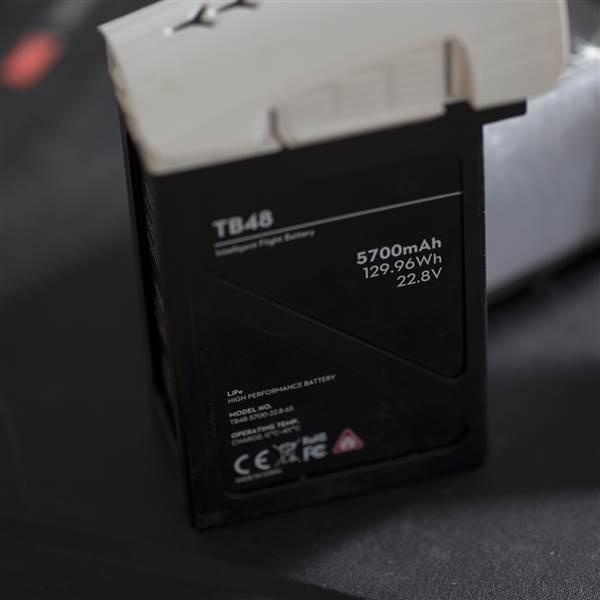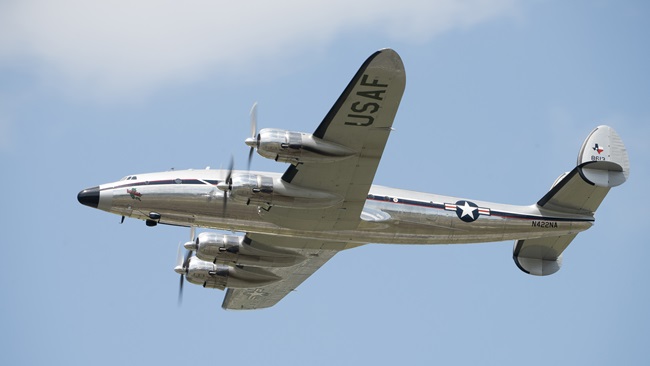Tips for drone battery management
The lithium-ion batteries that power drones require special care to prevent an unexpected power failure that could damage your drone, according to DJI retailer DroneNerds Creative Director Lance Knowles.
DroneNerds hosted a drone cage at AOPA’s campus at the Sun 'n Fun International Fly-In and Expo in Lakeland, Florida, recently, and took part in a seminar detailing the basics of getting started in drone flying.
“Battery management is one of the most important parts of drone use,” explained Knowles.
Most consumer drones can fly for about 20 minutes. Flight time can vary depending on conditions, even with the same batteries and drone, so remote pilots need to consider more than the advertised battery life. Improper care of the lithium-ion batteries and flying in extreme temperatures could shorten battery life, creating unwelcome surprises if the batteries run out sooner than the remote pilot expects.
Knowles offered two particular tips: Inspect batteries often, and keep them in your carry-on luggage on airline flights.

Drone batteries should be checked frequently for nicks or dents and swelling of the cells. If any of these deficiencies are spotted, Knowles said, immediately dispose of the batteries. If a battery is damaged while on the road with a drone, a containment bag can help isolate the damaged battery to safely transport it for disposal, though such a battery should not be transported by aircraft. (Batteries also can be stored in containment bags as a safety precaution.)
The FAA requires that all spare, rechargeable lithium batteries, including those used to power drones, be placed in carry-on luggage, not checked bags. (Federal rules do allow a lithium battery that is installed in the device it powers to be checked with the device.) Spare batteries are kept out of the cargo hold so that if a problem develops with the battery, it can be dealt with immediately, rather than worsening unnoticed and out of sight, which could lead to tragic results.
Battery terminals should be covered and protected during transport to avoid contact with any metallic object that could cause an accidental short, followed most likely by a fire. Batteries also should be protected from physical damage and impacts.
“These batteries need to be taken care of pretty well,” Knowles said.




